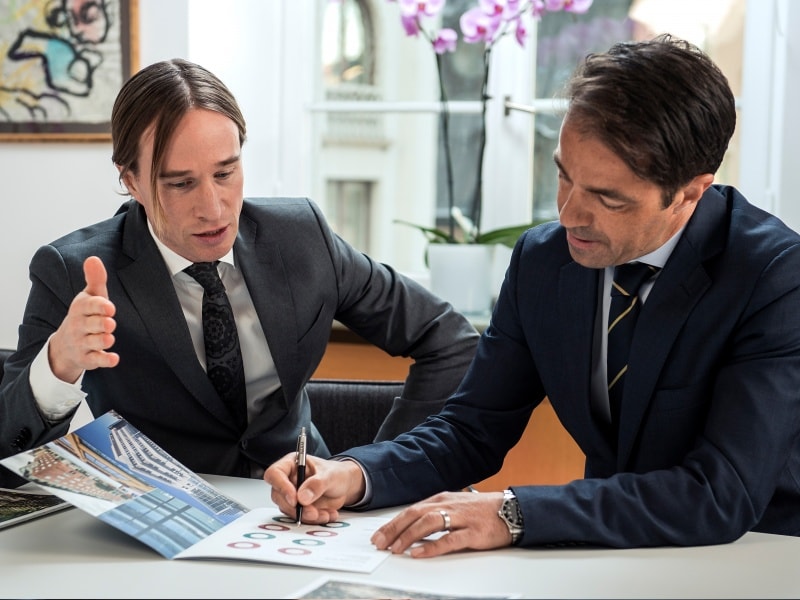Steps To A Profitable Investment

Steps To A Profitable Investment
Investment training is very similar to driving, cycling or even walking. Remember how you learned to drive. You were cautiously slowing down, turning the steering wheel awkwardly, looking carefully at the speedometer and feeling the rush of adrenaline on the motorway.
Now you perform all these tasks unconsciously. Driving has turned from a conscious process that requires a lot of effort, into something that you can do competently, without concentrating all your thoughts on the process.
Inexperienced investors make a lot of mistakes because they lack skills. Each action requires conscious reflection and additional efforts to implement the plan. This is quite natural and expected. This is part of the learning process. You haven’t learned to walk without tripping, so don’t be surprised when you start tripping over an investment.
As you gain experience and learn the basics, your skills will grow in each of the four stages of the investment process until you reach the final level of stable profitable investment.
Below are four stages of profitable investment. You will be able to determine where you are now and what you must do to reach the next stage.
Stages on the way to profitable investment
Step 1: Unconscious incompetence
You just don’t know what you don’t know because you don’t have enough knowledge.
Everything new for a beginner is worrying and risking failure because there is so much unknown ahead. That’s why newcomers usually rely on someone else’s investment advice and recommendations. Investing at this stage is characterized by a lack of an investment plan, unstable profits (or even losses) and a small idea of how to act to get rich.
“Financial ignorance” is how one can describe a person at this stage of financial development. According to unofficial data, 60-80% of the population is stuck at this stage. What about you?
Step 2: Conscious incompetence
When you’ve learned enough to know how little you know.
You took your first steps, put aside your first money and started investing passively, but you realize that there are still a lot of things to learn, which will help you make more money from your investments.
You have the desire to build wealth and become a financially free person, but active investment skills are still lacking and knowledge is not yet sufficient. And risk management is not yet familiar to you.
The profits and losses of your investment portfolio are out of control and have nothing to do with what you feel responsible for.

You don’t even know why your transaction was profitable or unprofitable at one point or another.
You accuse the market, the central bank, the Fed, your broker. At this stage, you are on the road to wealth, but you still have a lot to learn.
Step 3: Conscious competence
It occurs when you know enough about the investment game to feel comfortable, but you still have to work on it, because you are not a pro yet.
At this stage, you already have an investment plan based on time-tested principles, and you are implementing it. However, you have not yet mastered the subtleties of your strategy, or your approach is not based on risk management.
You make random mistakes and losses that could have been avoided if you had a lot of experience and skills. Your portfolio has reasonable characteristics of profitability, but sometimes it experiences unwanted large losses.
This confuses you and points to the next level of knowledge on the way to a stable income.
Step 4: Unconscious competence
The fourth and final stage is when you know the object so well that it becomes your new comfort zone.
Investing becomes an administrative task for you in the first place, and you only seek investment advice from others to obtain actual information. You do not make investment decisions based on the advice of others.
You really become “financially independent”, independent of your current condition, because it allows your financial situation.
This stage is characterized by the fact that you know how to manage risks, have studied the subtleties of several non-correlated investment strategies to create a stable profitable portfolio within any market cycle.
Your wealth is just a matter of time.
Investment risk management is the key to achieving the next level of profitable investment
When you are ready to move on to the next stage, you must approach the next task with humility and get rid of your ego.
Think of the analogy between walking and driving. You cannot avoid mistakes, embarrassment and anxiety, which are a natural part of learning new skills.
Develop good financial habits
Create new habits in your daily life that will develop your financial skills. These are habits such as reading investment books, attending financial seminars or listening to audio training materials.
You should also create new habits that would help your investment portfolio grow: regular investments, savings and fundamental analysis.
Change your environment
You must create a new environment in your life that will literally pull you forward to financial freedom, supporting your new habits of wealth creation.
Active networking and mentoring are just a small part of the tools that will help you in your constant quest to achieve your goals. This will accelerate your journey to wealth, increasing your ambition and perseverance.
Obviously, these two steps will not be enough to become a stable profitable investor. Your plan should be based on proven investment methods, on principles that really work, and should be consistent with your values and goals.
You are not the first person to embark on this path, and there are proven strategies that can lead you step by step to success in the financial markets.
